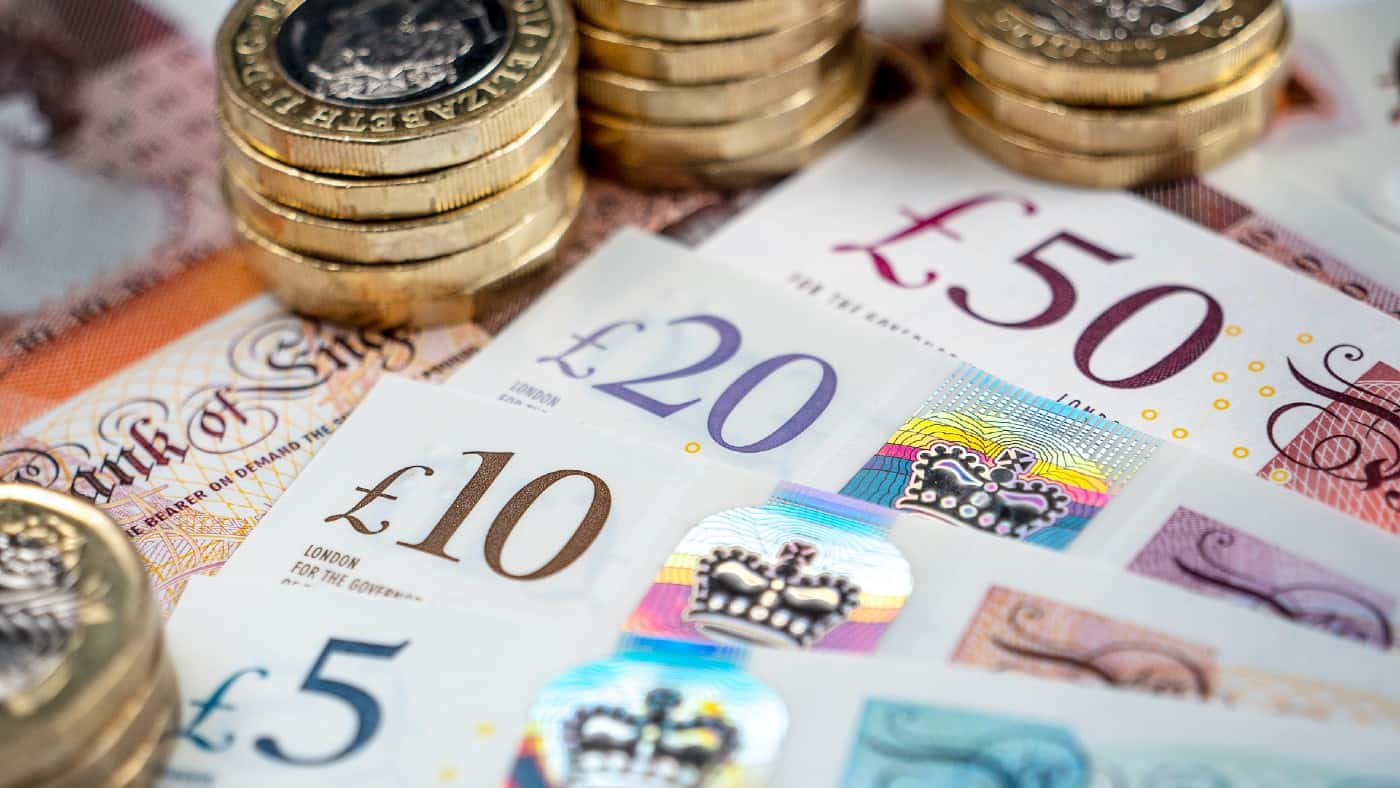Image source: Britvic (copyright Evan Doherty)
For a company that sells running shoes by the truckload, JD Sports (LSE: JD) can sometimes look as if it is going nowhere fast. Over the past year, for example, the JD Sports share price is flat, having moved just a fraction of 1% overall despite some big swings along the way. From a five-year perspective, the share has fallen 17%. Given the company’s proven business model and massive growth plans, does that make it a value share I ought to buy for my portfolio? Or could it be a value trap?
In praise of the King of Trainers
The investment case for JD Sports is fairly straightforward.
Globally, there is a large market for sportswear and I expect that to remain the case. On one hand, barriers to entry may seem small. On the other, though, this is a market where economies of scale can pay off.
JD Sports has proven it can make money selling trainers and other sportswear. It has expanded its business far beyond its UK base, with a big acquisition in the US this year further boosting its footprint. That has helped the company increase its number of stores by around a third since the start of this year, to around 4,500.
The company has also been aggressively expanding its estate of shops through hundreds of new openings a year, including its biggest ever store that opened this year in east London.
While bricks and mortar is important to the retailer, it also has a thriving digital business. With a strong brand, large customer base, and economies of scale, it is a strong-performing retail business.
Its revenue in the first half topped £5bn and it had a net cash position. Yet its market capitalisation is £6.6bn. I see that as fairly modest for a business that expects its full-year profit before tax and adjusting items to be close to £1bn.
Some reasons to be wary
But while that profit figure is impressive, profit after tax last year was £605m – still impressive, but far off £1bn. This year could also see a big gap between the guidance and profit after tax, thanks to those adjusting items.
Growing the store estate organically takes money and so do the sort of deals that helped the company boost its US presence this year. While it still has no net debt, its net cash position was substantially reduced by the US acquisition.
Spending to grow is an old retail strategy and it can work well, especially when the basic formula is strong. But it can also be a costly mistake. JD Sports has proven resilient amid a weak global economy, but that might not last. Meanwhile, its rapid expansion poses executional risks. If management does not deliver on its goals, the shares could yet turn out to be a value trap.
On balance, though, I continue to like the business. I am considering adding the shares back into my portfolio in coming weeks.
Credit: Source link













